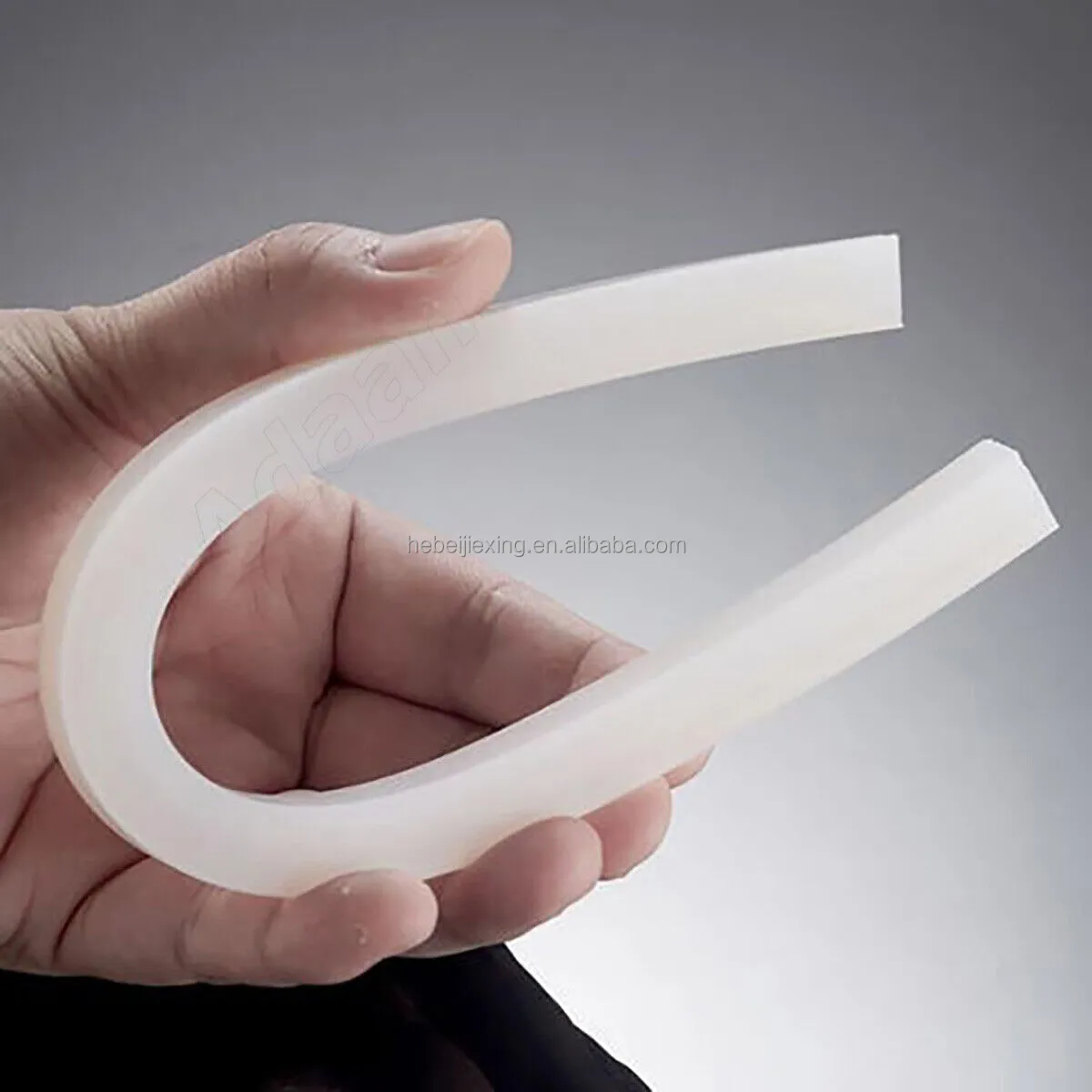Effective Weather Stripping Solutions for Insulating Large Gaps in Your Home
Weather Stripping for Large Gaps A Comprehensive Guide
Weather stripping is an essential aspect of home maintenance and energy efficiency. It involves sealing gaps around doors and windows to prevent drafts, moisture, and pests from entering the home. While most weather stripping solutions cater to smaller gaps, addressing larger gaps is equally important. Here’s a comprehensive guide on effectively using weather stripping for large gaps.
Understanding Large Gaps
Large gaps can be found around poorly fitted doors, windows, and even attic hatches. They may be caused by settling foundations, improper installation, or wear over time. Identifying these gaps is the first step in preventing energy loss, which can increase heating and cooling costs.
Materials for Weather Stripping Large Gaps
When dealing with large gaps, standard weather stripping materials, such as foam tape or V-seals, may not suffice. Instead, consider the following materials
1. Expanding Foam Sealant This product is excellent for filling larger voids. It expands upon application, creating a tight seal that prevents air and moisture from seeping through. When using expanding foam, be sure to trim any excess after it has cured for a clean finish.
2. Door Sweeps For gaps at the bottom of doors, door sweeps provide an effective solution. These are usually made of rubber or vinyl and can be attached to the bottom of doors to block drafts and pests.
weather stripping for large gaps

3. Felt or Wool Strips These materials can be helpful for larger or irregular gaps. They can be cut and shaped to fit the specific gap size, providing a customizable fit.
4. Weather Stripping Kits Many home improvement stores offer weather stripping kits specifically designed for larger gaps. These kits often include a variety of materials to help you tackle multiple problem areas.
Installation Tips
When installing heavy-duty weather stripping for large gaps, ensure that surfaces are clean and dry for optimal adhesion. Measure the gap accurately to choose the appropriate material and minimize waste. Always follow the manufacturer's instructions for installation, and allow any adhesive to cure fully before exposing it to extreme temperatures or moisture.
Maintenance and Monitoring
After sealing large gaps, regular checks are necessary. Seasonal changes can impact the effectiveness of weather stripping, so it’s essential to inspect seals for wear and tear. Replacing damaged or worn weather stripping promptly can help maintain energy efficiency and comfort in your home.
In conclusion, effectively addressing large gaps with proper weather stripping not only enhances energy efficiency but also contributes to a more comfortable living environment. By investing time and resources into sealing these gaps, homeowners can enjoy reduced energy costs and improved protection against the elements.
-
Under Door Draught Stopper: Essential ProtectionNewsJul.31,2025
-
Garage Door Seal and Weatherstrips for ProtectionNewsJul.31,2025
-
Edge Banding Tape for Perfect EdgesNewsJul.31,2025
-
Table Corner Guards and Wall Corner ProtectorsNewsJul.31,2025
-
Stair Nose Edging Trim and Tile Stair SolutionsNewsJul.31,2025
-
Truck Bed Rubber Mats for Pickup BedsNewsJul.31,2025
-
Window Weather Stripping for Noise ReductionNewsJul.29,2025